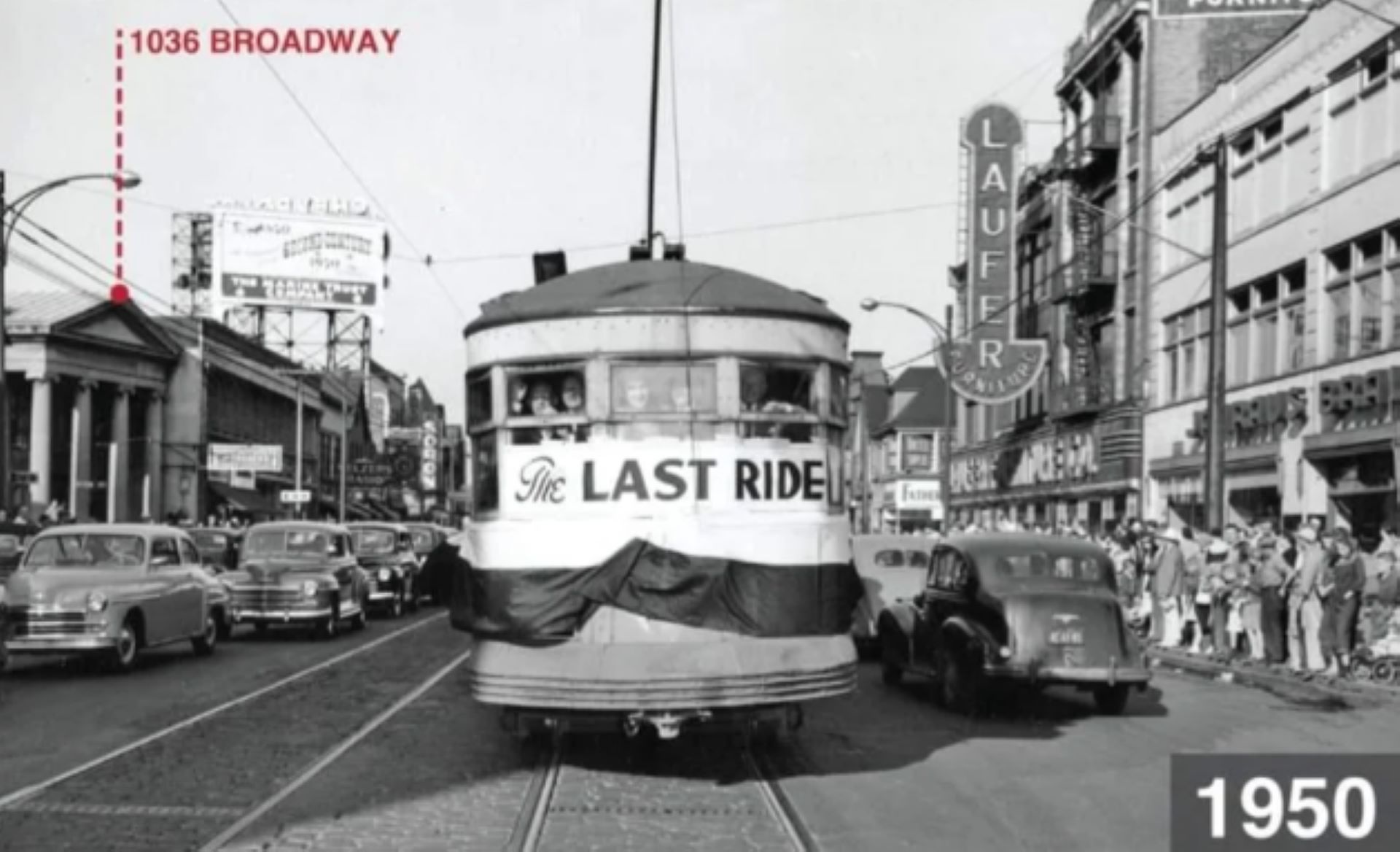A recent Reddit post has sparked fury as the r/f***cars community compared photos from Buffalo, New York, in 1950 to 2021. The "before" photo showed a once-vibrant urban landscape bustling with people, shops and a trolley. The "after" photo was rather dreadful, barely resembling the lively street from 70 years ago.
"This sort of infrastructure makes me weep," said the original poster.
"[1950 was] a great representation of urbanism," they added. "And now? A four lane road just for cars, no pedestrians, strip malls."
The community agreed with them, acknowledging other cities across the United States ultimately suffer the same fate. "That is such a depressing before and after. What happened to all the businesses and (maybe homes?) on the right side of the image?," queried one commenter.
Many suggest cities should reconsider car-centric urban planning with a more people-centric approach. The Parliament, a publication covering EU policy and politics, highlights a unique "15-minute city" framework, spearheaded by Professor Carlos Moreno, a Franco-Colombian researcher.
A "15-minute city" places a person's main daily needs within a 15-minute walk or bike ride, reducing car dependency and the need for longer travel. This urban planning strategy ultimately reduces costs for everyday citizens, benefits local businesses and is good for the environment.
Forbes reports that research has shown neighborhoods with necessities in close proximity "promote everything from social cohesion to public health." The pandemic seemingly fast-tracked this approach for various cities around the world, bringing needs closer to people's homes.
Alternatively, some fear the "15-minute city" can lead to gentrification, pushing low-income residents out of their neighborhoods. University College of Estate Management in the UK identified some limitations to this urban planning method. They include mobility concerns for those with disabilities, actually increasing traffic congestion instead of decreasing it, and creating a greater class divide due to gentrification.
Even though there are ever-present questions about what's best for communities, we can still admire the beautiful cities of the past. "I wish I could visit American cities before carmageddon," another commenter shared on the Reddit post. Us too.
Join our free newsletter for good news and useful tips, and don't miss this cool list of easy ways to help yourself while helping the planet.









